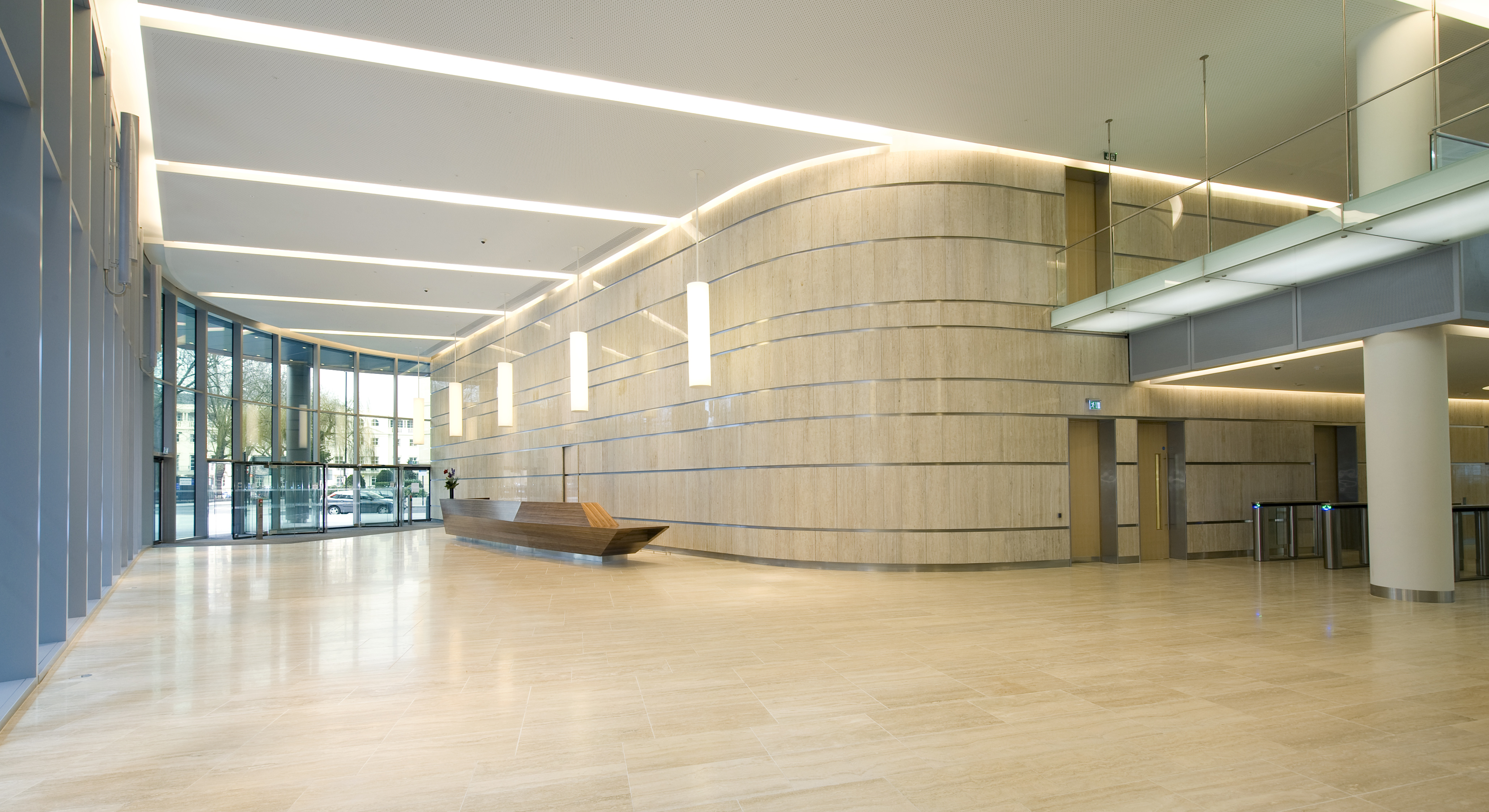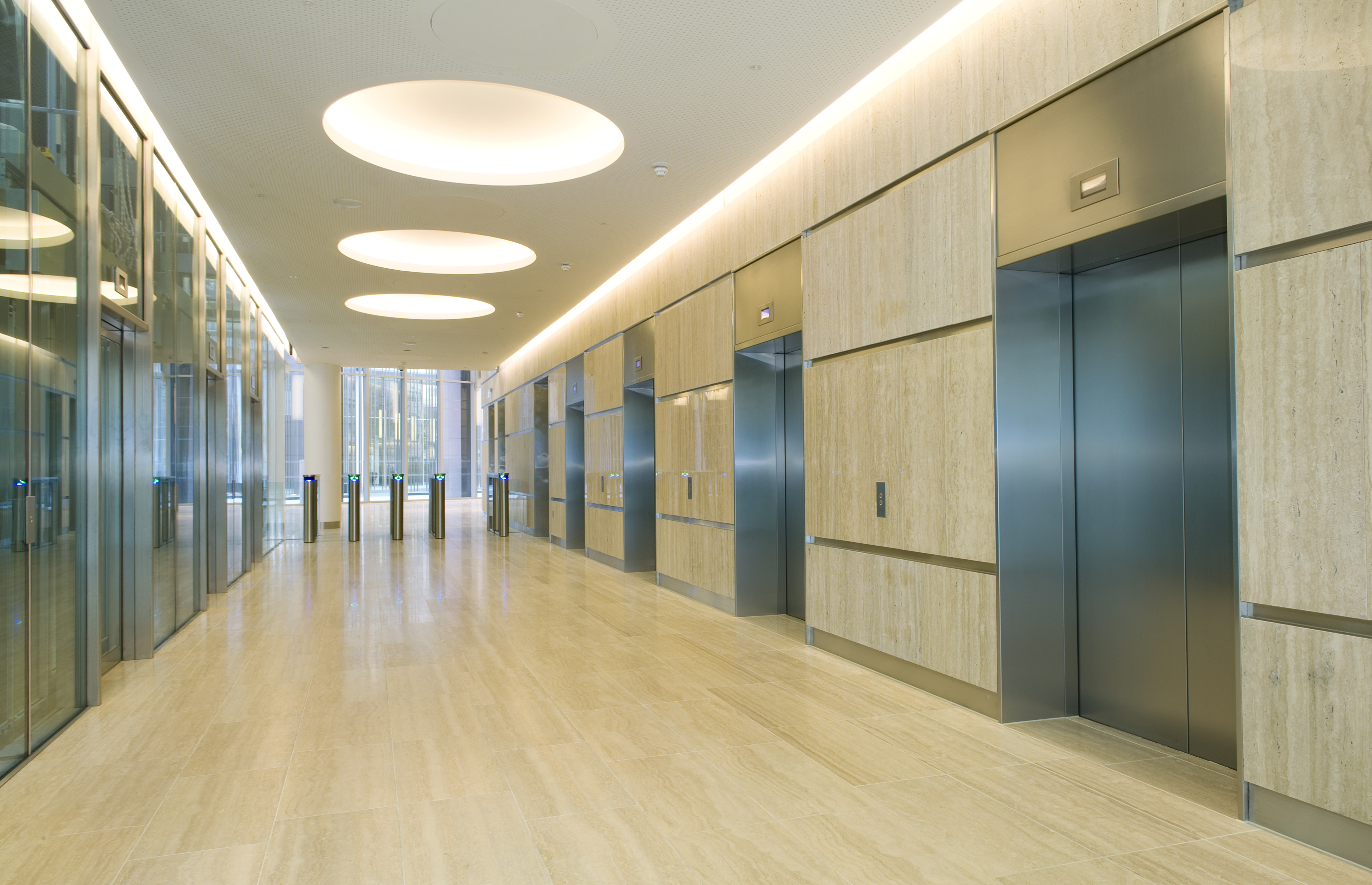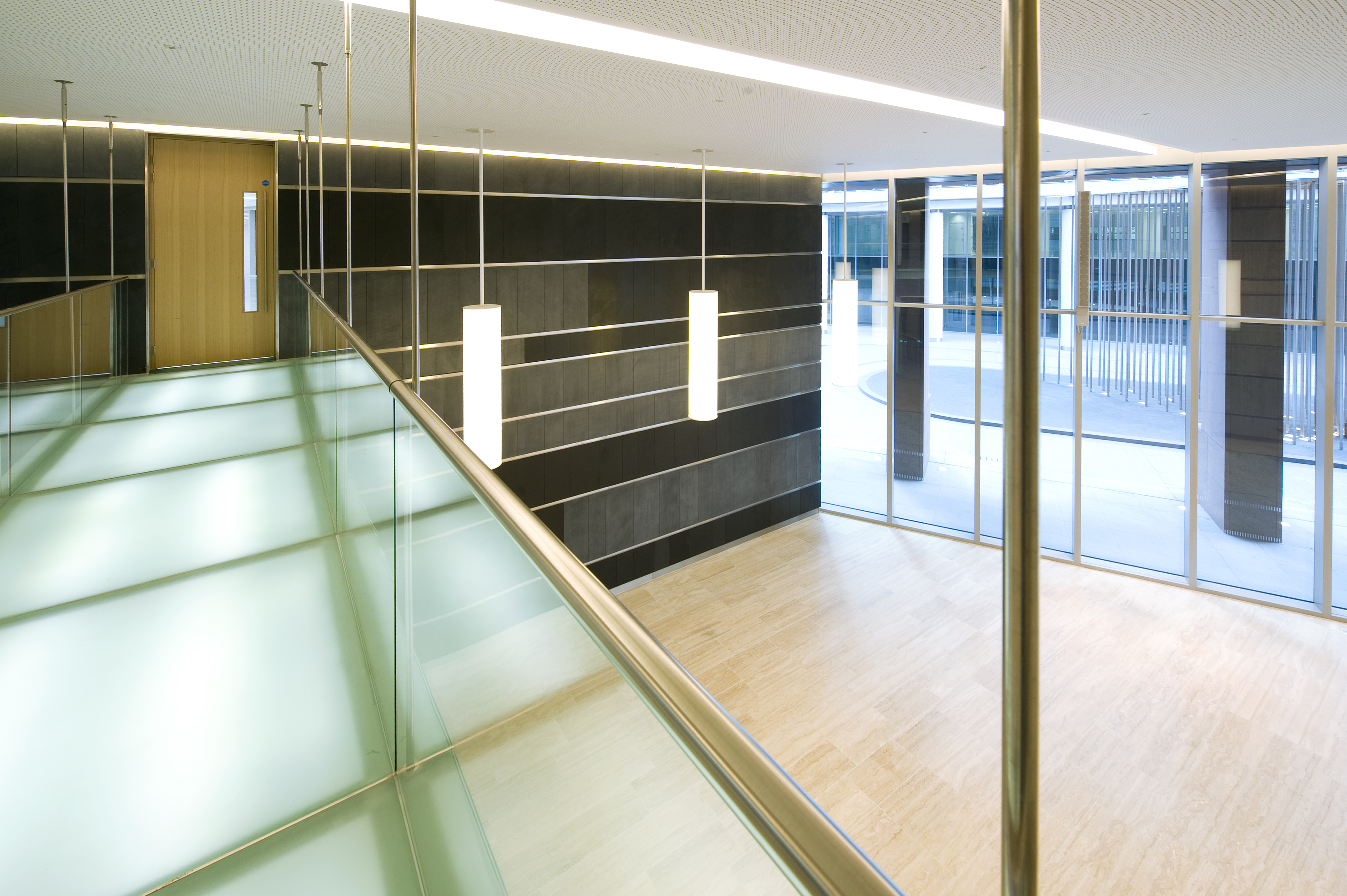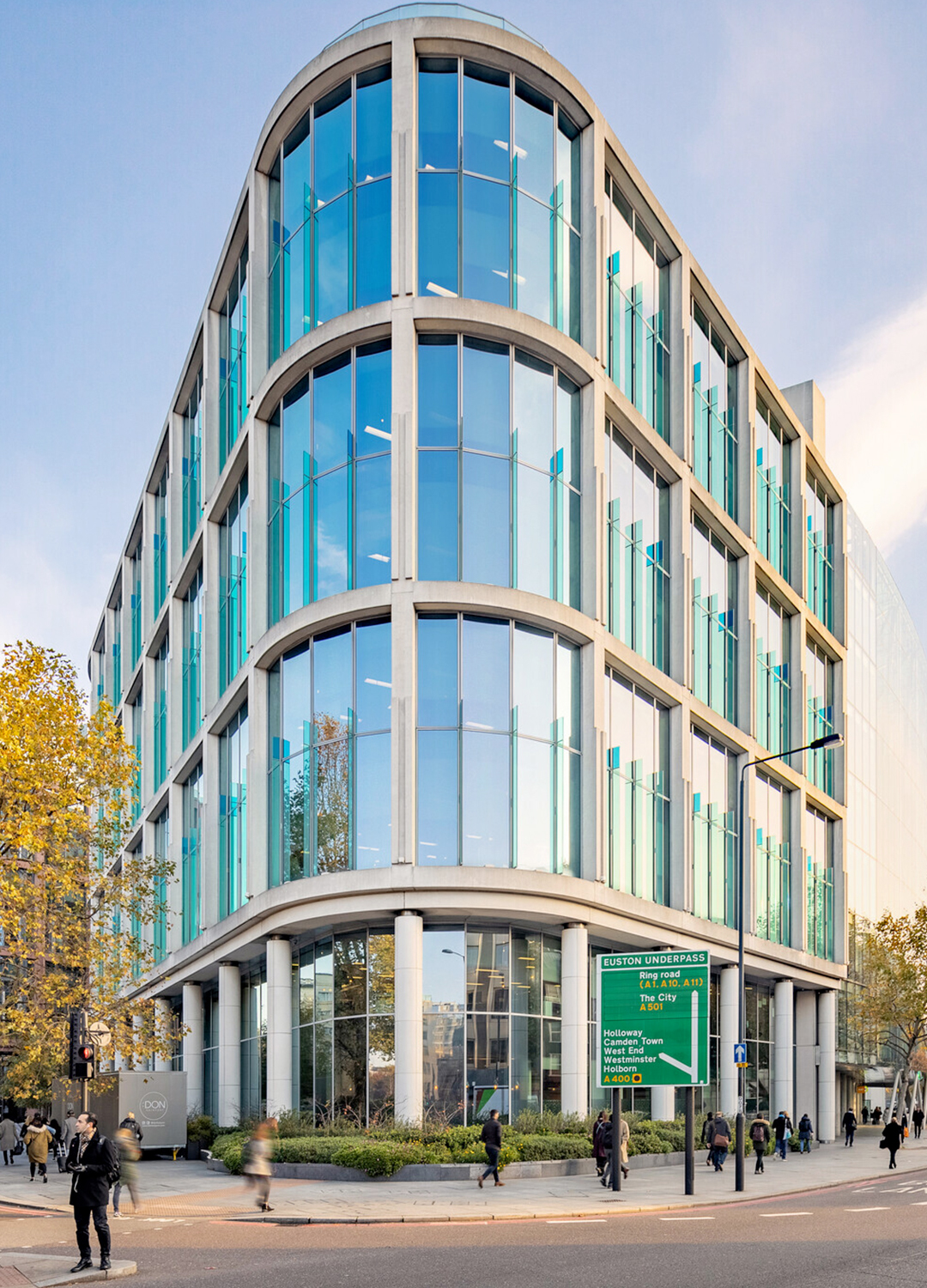
10 Triton Street
10 Triton Street is the new flagship building for the on-going success of the whole Regent’s Place development.
Architect:
Farrells
Client:
British Land
Location:
London
Year:
2009
British Land commissioned Sir Terry Farrell to develop a masterplan vision for Regent’s Place.
Farrells were commissioned by British Land to prepare a masterplan for the whole of the Regent’s Place estate on the Euston Road which included two office buildings – 10 & 20 Triton Street. The buildings face several listed buildings such as Holy Trinity Church, Great Portland Street station and the White House Hotel and therefore the materials and scale were sensitively considered throughout the design process to complement and reflect the existing contextual aesthetics in the street.
10 Triton Street creates a high value corner frontage for Regent’s Place and is shaped and set back on Osnaburgh Street to open up and frame a vista with Holy Trinity Church, to the new front door of 20 Triton Street, drawing the value of the Euston Road through to the heart of the new development.
The end façade of 10 Triton Street curves smoothly into an open courtyard, flooding natural light into the spacious public space. The project has a strong identity that generates excellent values in the West End of London and British Land were extremely pleased with this project throughout the whole process.
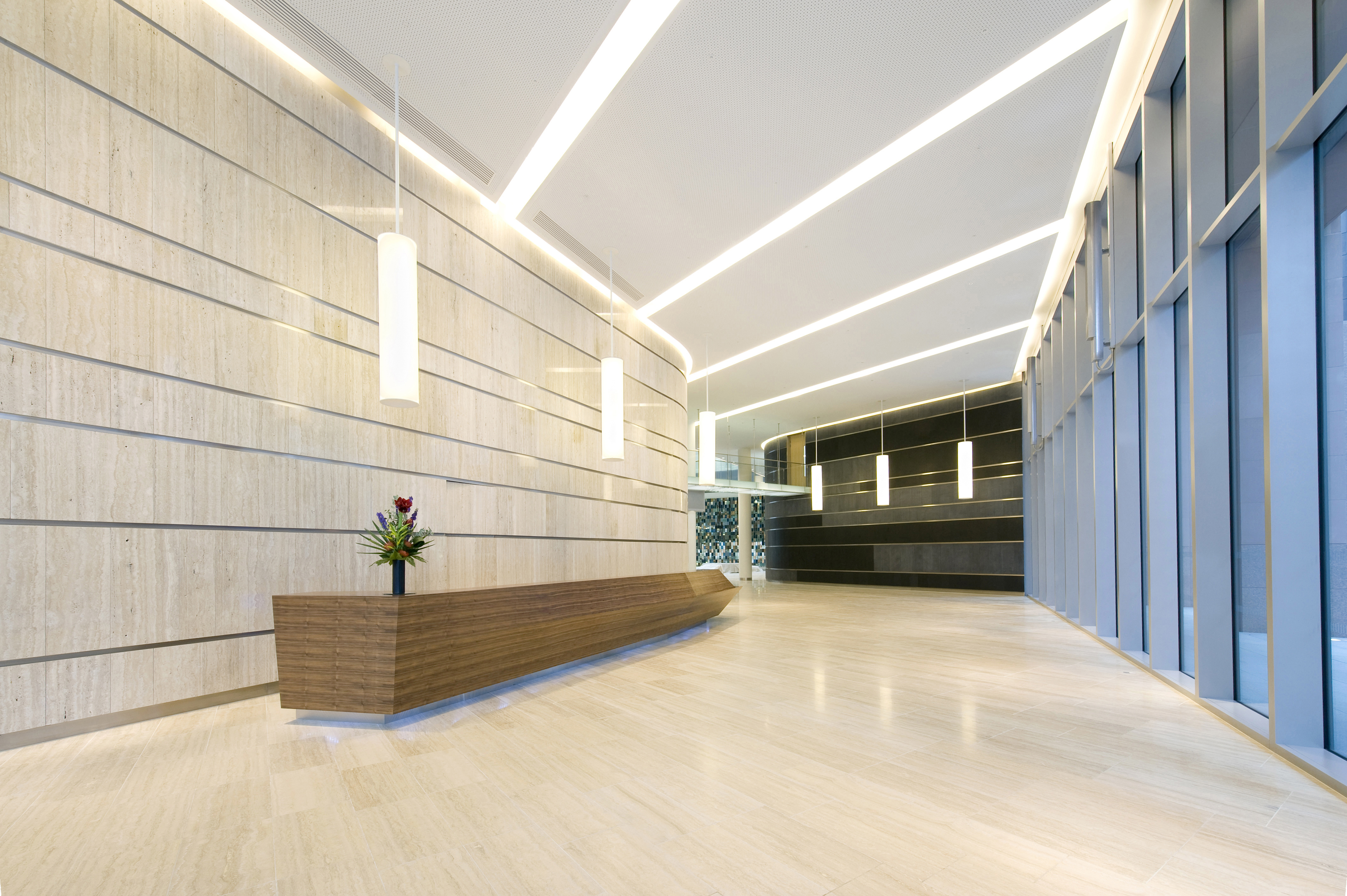
10 Triton Street delivers 120,000 sq ft of high quality, sustainable and flexible accommodation.
As master planners and architects, Farrells were able to bring the exterior architecture’s philosophy into the interior design of the building. The interiors are finished to a high standard with broad, column-free office spaces; travertine finishes are lavishly employed in the spacious lobby areas, particularly at 10 Triton Street’s soaring, full-height atrium. 10 Triton Street delivers 120,000 sq ft of high quality, sustainable and flexible accommodation for British Land and is the new flagship building for the on-going success of the whole Regent’s Place development.
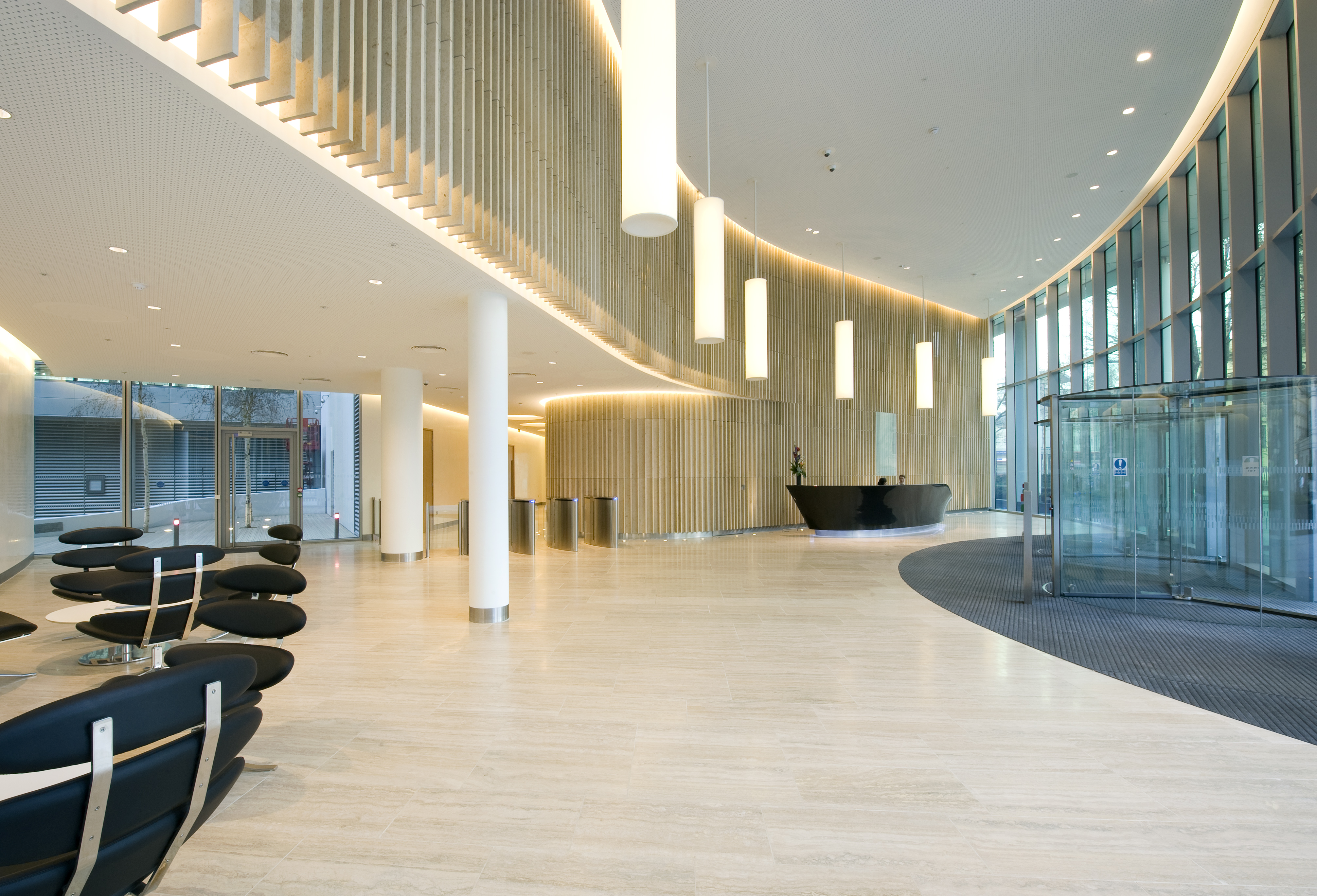
The Regent’s Place masterplan and development represent the culmination of several years of planning and construction.
Before the masterplan, Regent’s Place was a disconnected commercial enclave. The brief demanded that it become a diverse community, a place to live, work and play and an integrated part of the west end of London. This was achieved by creating high-quality spaces and places between the buildings, and a network of new streets enabling and encouraging linkages to the surrounding area including a new north-south pedestrian route through the masterplan, animated by a new Arts Centre and linking to Fitzrovia via a new at-grade pedestrian crossing over the Euston Road.
